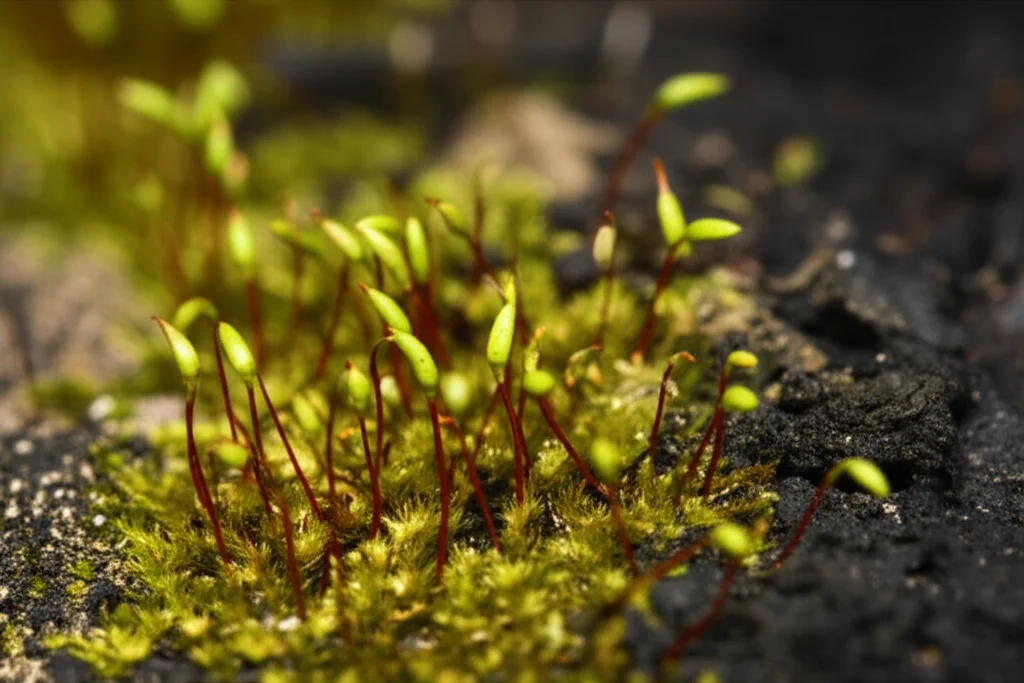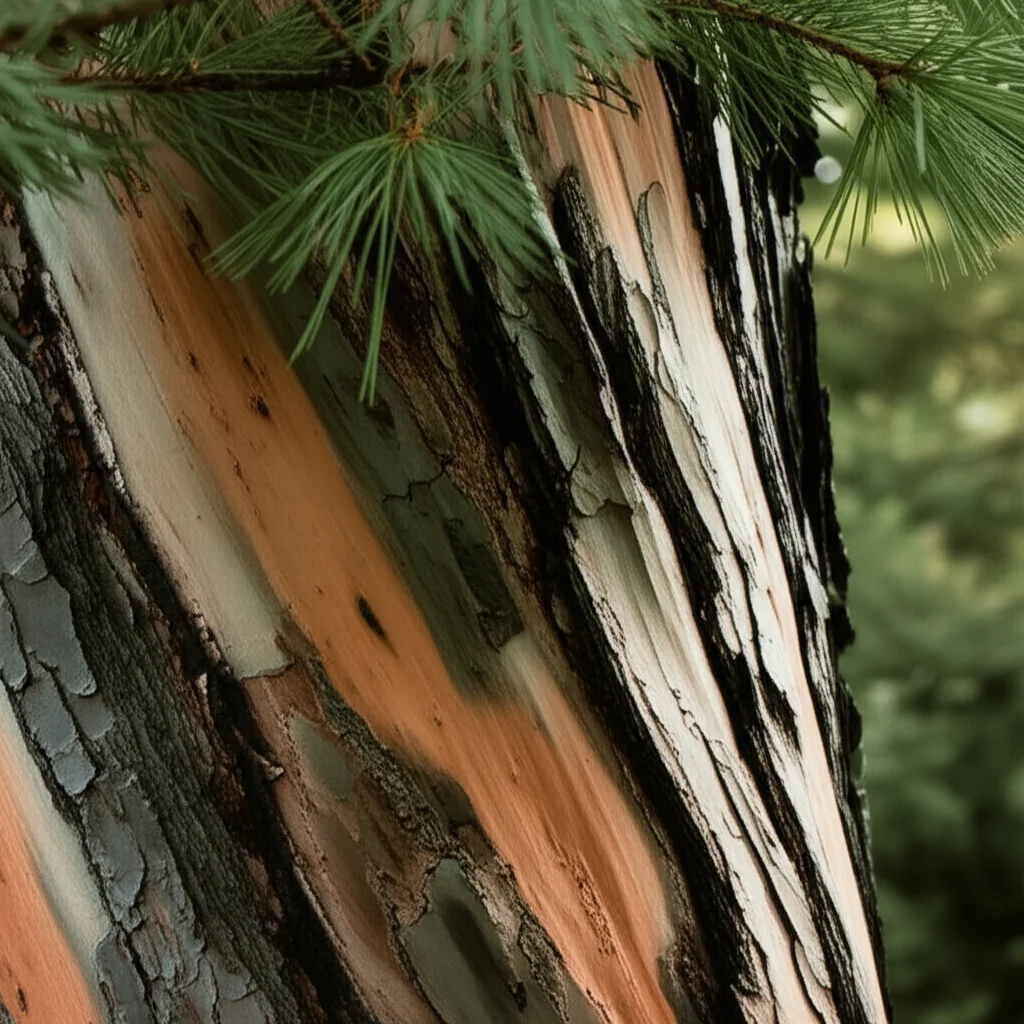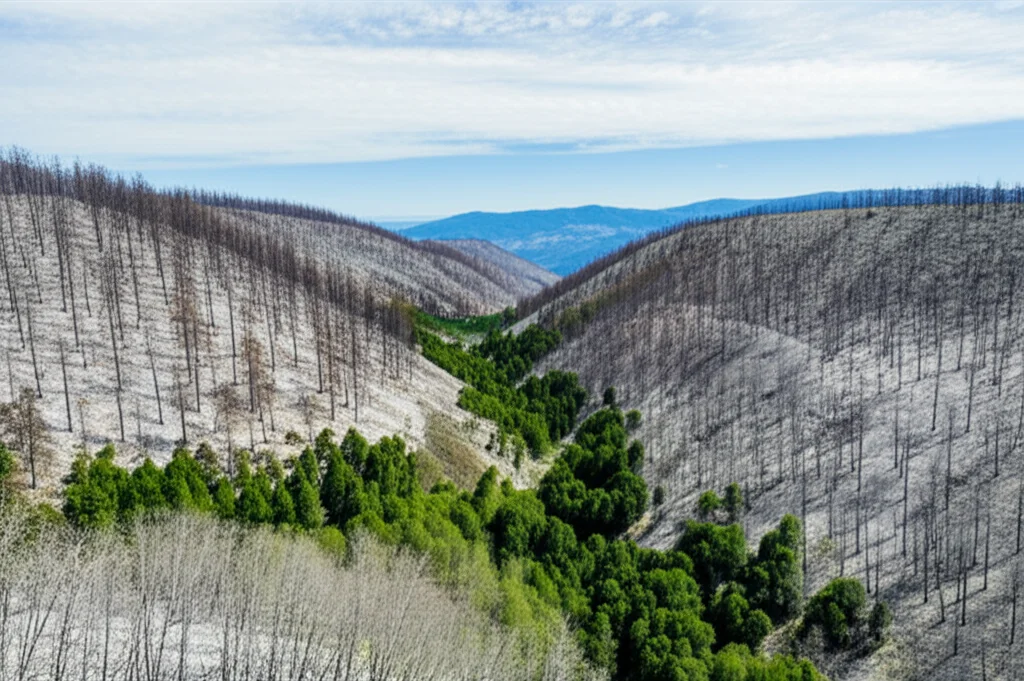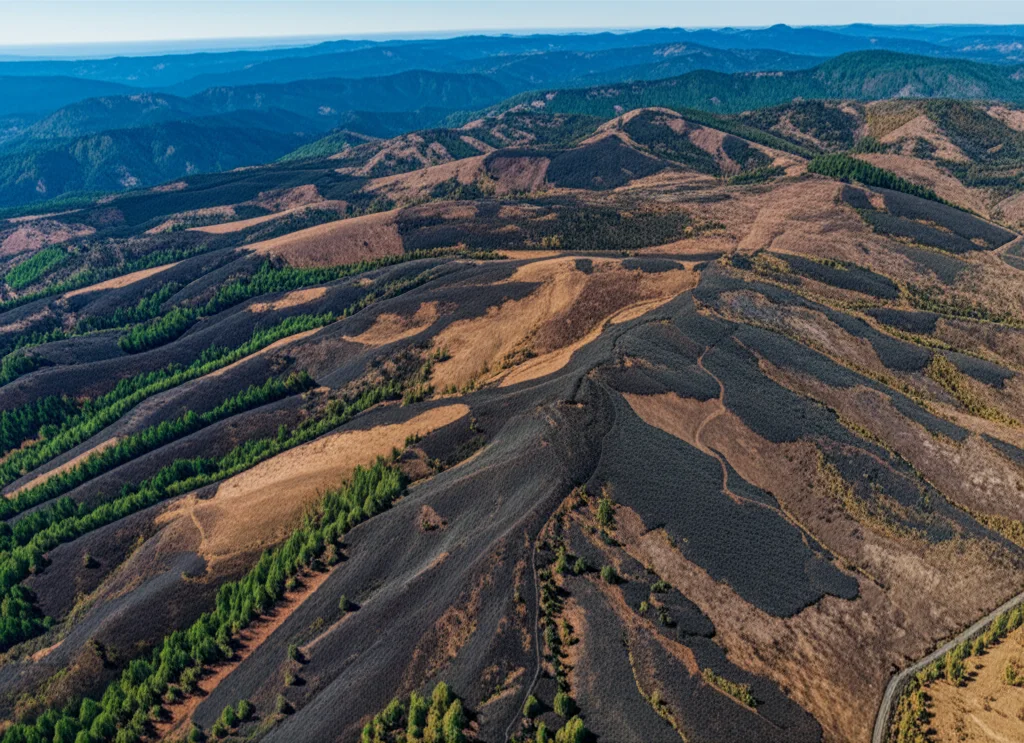The Quiet Killer After the Flames: Why Dying Trees Threaten Forest Recovery
Hey there! Let’s chat about something pretty important happening out in the forests, especially after those big, scary wildfires we’ve been seeing more of. You know, we often think the damage is done when the fire trucks leave and the smoke clears, right? But it turns out, the story isn’t quite over for the trees that survived the initial blaze. There’s this sneaky, often overlooked process called “delayed mortality,” and it’s got some serious implications for how our forests bounce back.
I’ve been looking into some fascinating research, and it really sheds light on this hidden threat. We’re talking about those patches of green that make it through the fire – the “fire refugia.” These spots are absolute heroes. They’re like little lifeboats, providing habitat for wildlife and, crucially, acting as seed sources to help the burned areas regenerate. But what happens if those lifeboats start sinking *after* the storm has passed? That’s where delayed mortality comes in.
What’s Up with Delayed Mortality?
So, imagine a tree survives the immediate heat and flames. Maybe its thick bark protected it, or it was in a less intensely burned spot. Great, right? Well, not always. Delayed mortality means these trees, injured by the fire but not killed outright, can die in the months or even years that follow. It’s like a delayed reaction to the trauma.
Why does this happen? It can be a mix of things:
- Direct Injuries: The fire might have damaged the tree’s insides – its roots, stem, or leaves – even if the outside looks okay initially. This can mess up its ability to transport water and nutrients.
- Indirect Stressors: After a fire, the landscape is changed. Surviving trees might face new challenges like drought (which is often linked to the warmer, drier conditions fueling these bigger fires), insect attacks, diseases, or even heatwaves. These secondary stresses can push an already weakened tree over the edge.
Immediate burn severity is a big indicator, of course. If a tree was badly scorched, it’s more likely to die later. But interestingly, delayed mortality can happen even in areas that didn’t burn at the highest intensity.
Peeking into the Western Cascades
To really get a handle on this, researchers zoomed in on some big, high-severity fires that hit Oregon’s Western Cascades back in 2020. This area is usually pretty wet and productive, but these fires were intense. Using super high-resolution satellite images (we’re talking 3-meter detail – pretty sharp!), they tracked the changes in live tree cover year after year for three years post-fire.
Think of it like taking annual health check-ups on the forest from space. This allowed them to see exactly where trees were dying *after* the initial fire mapping was done. It’s a crucial step because traditional fire mapping often happens just a few months after the fire, missing this delayed effect entirely.

The Not-So-Great News: Refugia Are Shrinking
What they found is a bit of a wake-up call. Over just three years, delayed mortality caused an *additional* 8.5% loss of live forest cover across the burned areas. That might not sound huge, but it adds up, especially on top of the initial fire damage.
This delayed death wasn’t uniform. While it happened in all forest types, some trees were more vulnerable. Turns out, older, mature trees and those species that aren’t naturally fire-resistant (the “fire-sensitive” ones with thinner bark or low branches) were hit hardest by this delayed effect, assuming they weren’t killed immediately. Young trees, surprisingly, were often killed right away by the fire if it was severe, so they didn’t even get a chance to experience delayed mortality.
The Domino Effect: Fragmentation and Isolation
Now, here’s where it gets really impactful for forest recovery. When trees in those surviving patches (the refugia) start dying off later, it changes the whole picture. The study found:
- The *number* of refugia patches actually decreased by about 20%.
- Most of the patches that remained were small and didn’t have a “core area” – basically, they were just edges, less than 60 meters from the burned-out zone.
- The *total area* of refugia shrunk significantly.
But the really critical finding is about *isolation*. As trees die on the edges of patches or smaller patches disappear entirely, the distance between the remaining live trees increases. The area that was more than 400 meters away from a seed source (which is a rough limit for how far some conifer seeds can travel) shot up by a whopping 129.3%! And the area with little to no seed availability increased by a staggering 375%.
Think about it: if you’re a seedling trying to get started in a heavily burned area, you need seeds to arrive from somewhere. If the surviving trees are now much farther away, and there are fewer of them, the chances of that seed making it to you drop dramatically.

Why This Matters for the Future Forest
This isn’t just about losing a few more trees. This delayed mortality and the resulting isolation of refugia have big consequences:
- Slowed Regeneration: With limited seed sources reaching the burned areas, it’s going to take a lot longer for the forest to grow back naturally, if it can at all.
- Forest Conversion: In some cases, if trees can’t regenerate, the area might flip to a different ecosystem entirely – maybe shrubland or grassland – especially under warmer, drier conditions that make it tough for seedlings to establish.
- Habitat Loss: Those refugia patches are vital homes for wildlife. As they shrink and become more fragmented, it reduces the available habitat, particularly for species that need those cooler, shadier “core” areas away from edges. Interestingly, increased fragmentation *might* actually benefit species that like edges, but overall habitat loss is a big concern.
The study did note that larger refugia patches with core areas seemed more resilient to delayed mortality. These bigger, more intact patches are incredibly important for providing stable habitat for core-dependent species like certain owls or martens.

What Can We Do?
Understanding delayed mortality changes how we think about post-fire recovery. It means we can’t just assess the damage right after the fire and call it a day. We need to monitor these areas over time.
This research suggests that when planning things like post-fire salvage logging (removing dead trees), we should be really careful. Maybe prioritize removing trees from smaller, non-core patches that are less likely to survive anyway, while making sure to protect those larger, core refugia patches that are more resilient and crucial for long-term recovery and habitat.
There’s still more to learn, too. For example, some trees might release a burst of seeds when they’re stressed before they die (“stress crop”). How much does this happen, and does it help offset the loss of seed sources from delayed mortality? Also, figuring out the exact impact of things like post-fire heatwaves versus the fire injury itself is tricky but important as our climate changes.

Wrapping It Up
So, the next time you see a burned forest, remember that the story of survival and recovery is complex and unfolds over time. Delayed tree mortality is a real phenomenon that’s quietly reshaping these landscapes, shrinking those vital fire refugia and making it harder for seeds to reach the places they’re needed most. By understanding this process, we can hopefully develop better strategies to help our forests be more resilient in the face of increasing wildfire activity. It’s all about giving nature the best possible chance to bounce back.
Source: Springer







